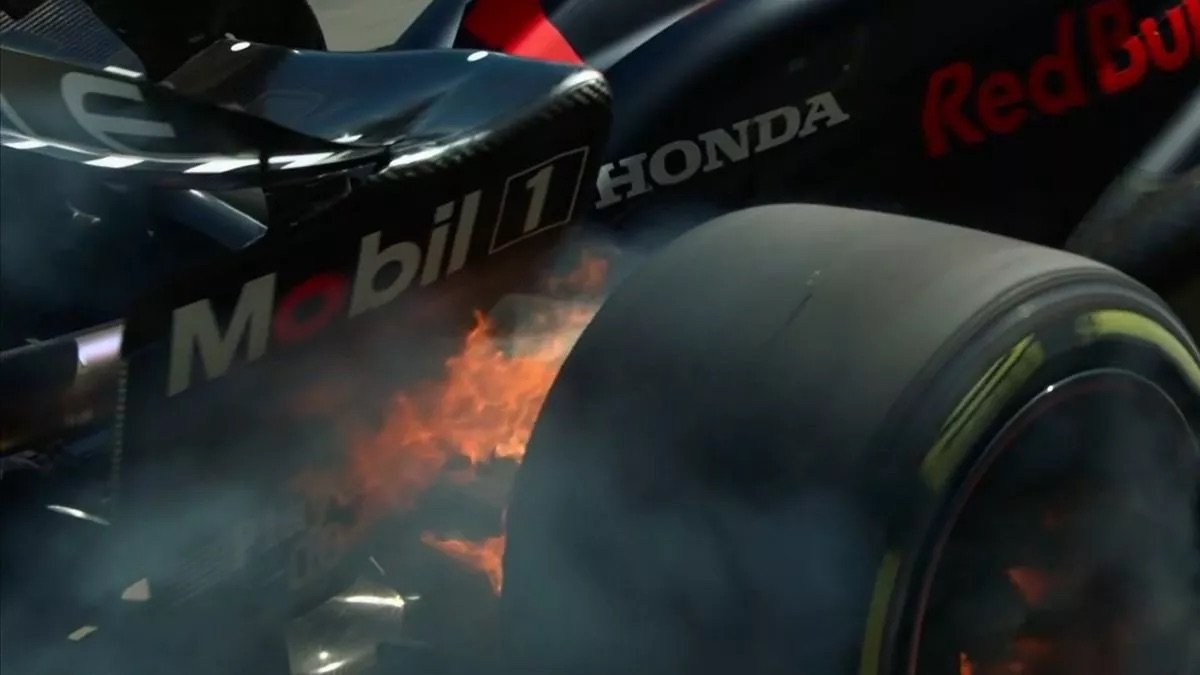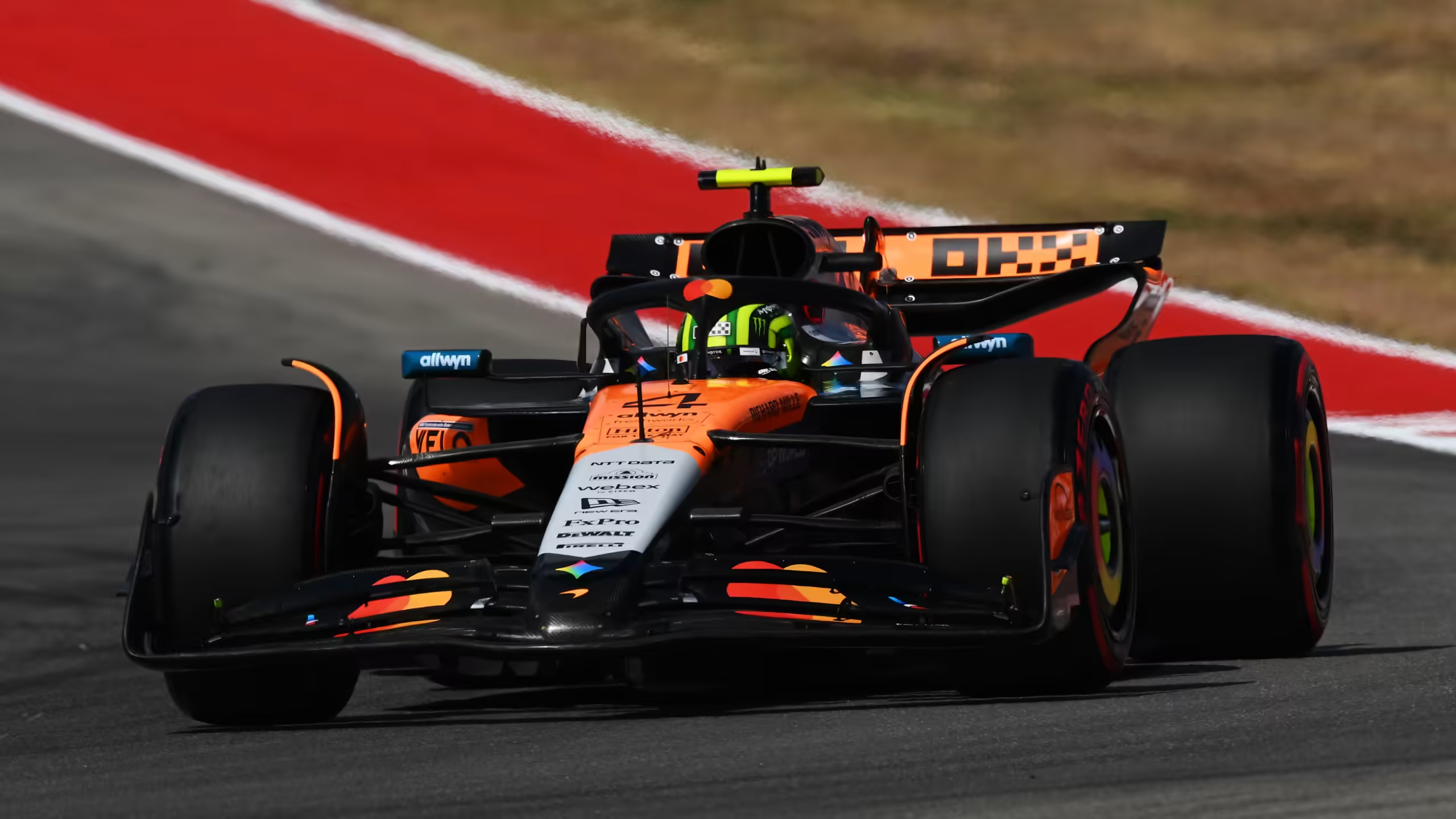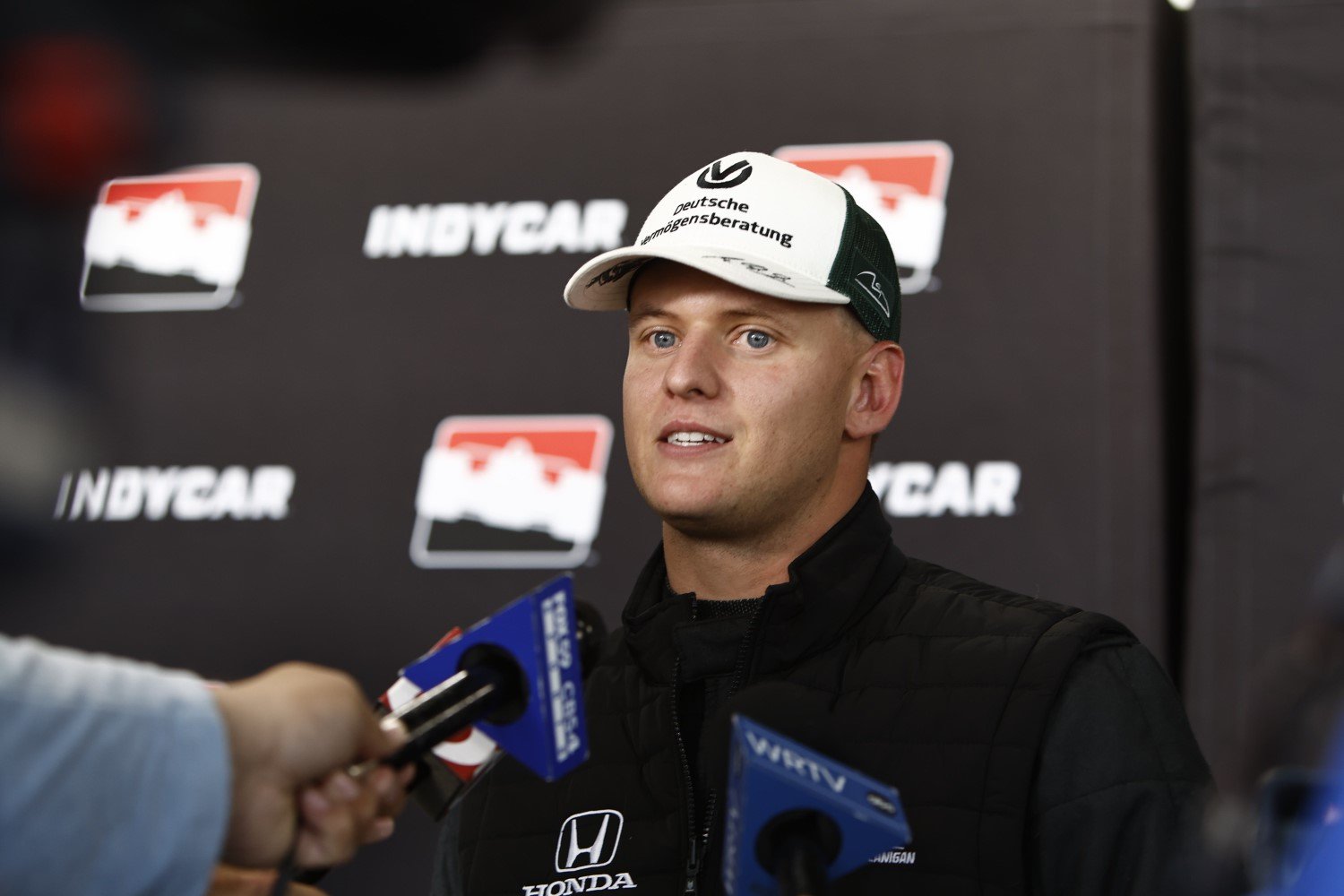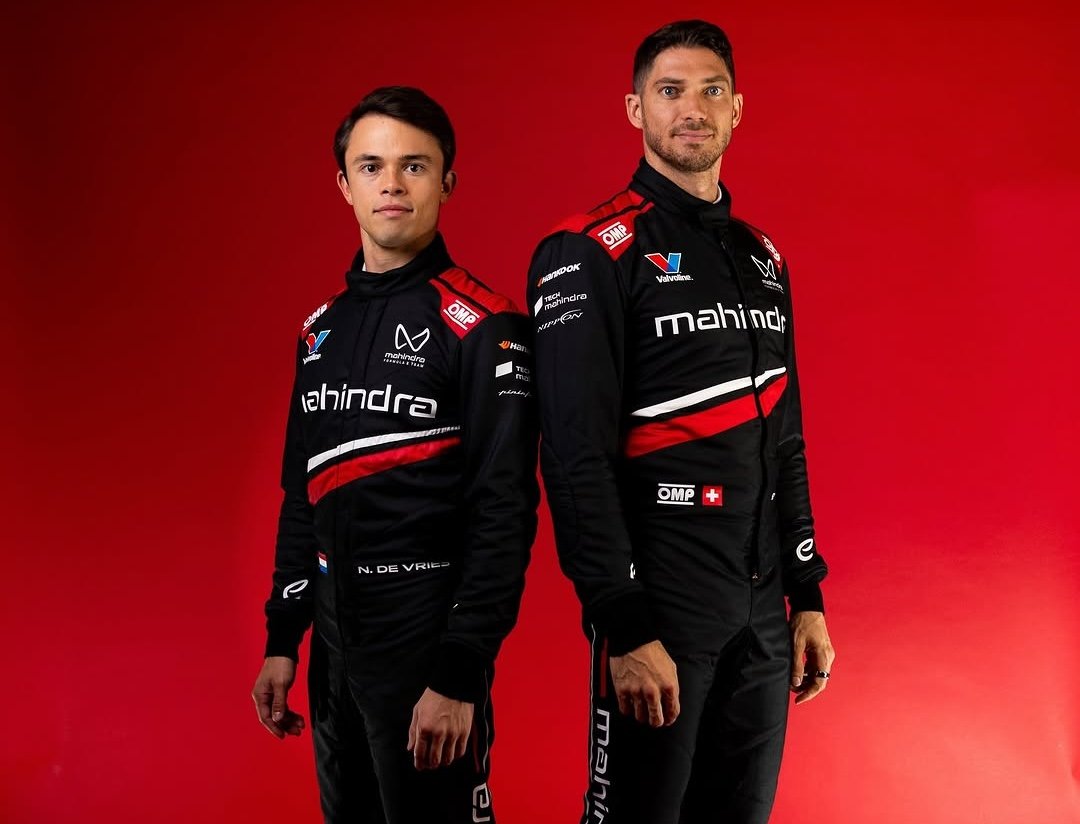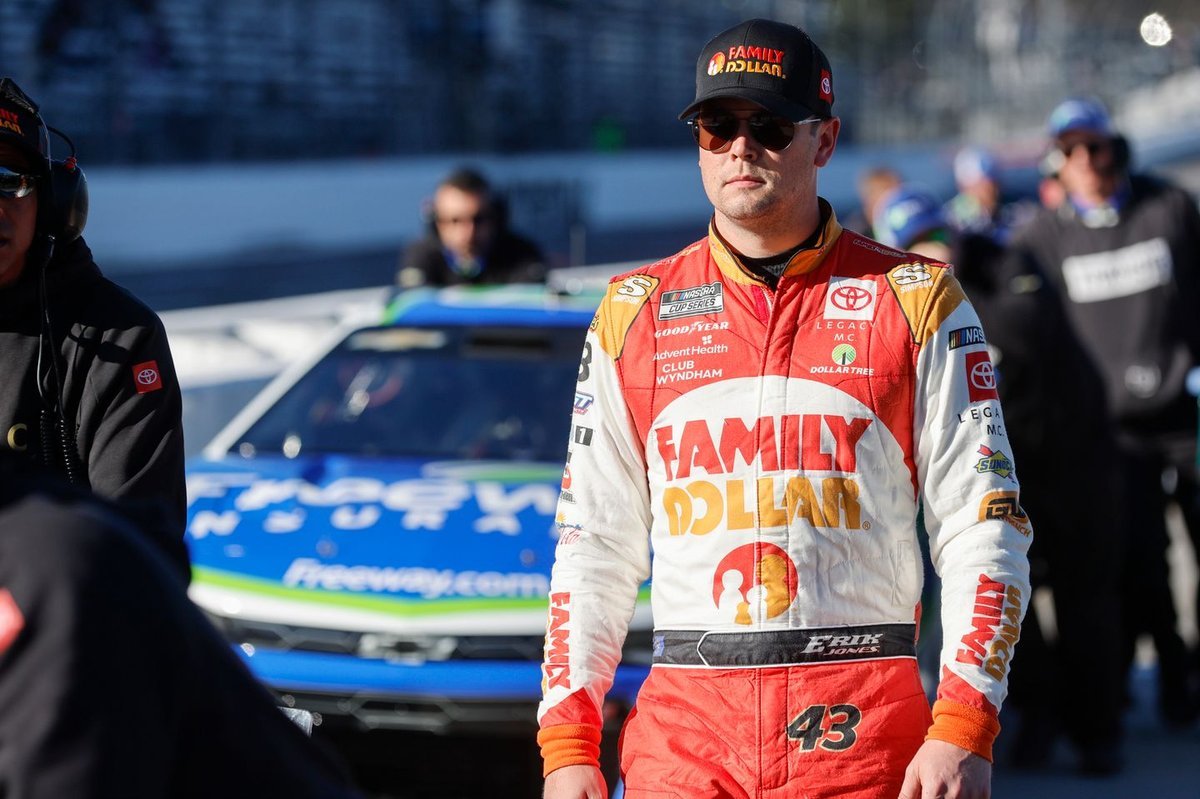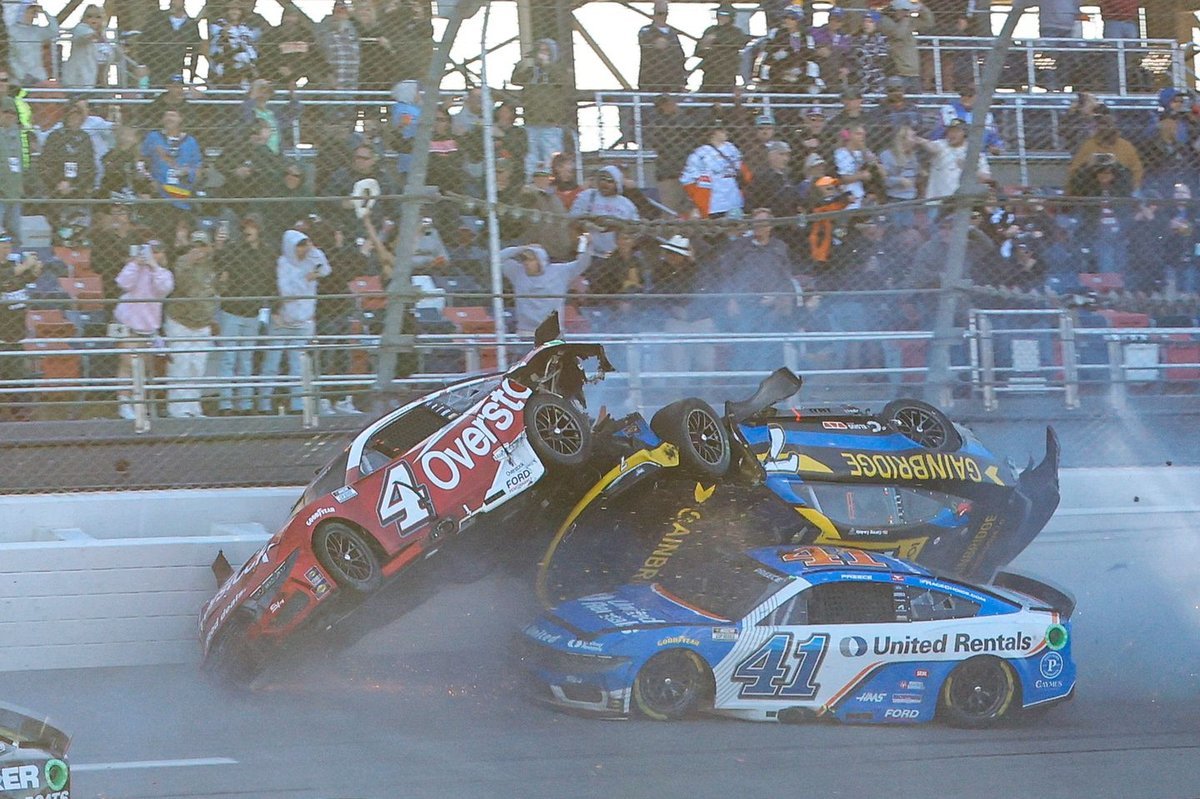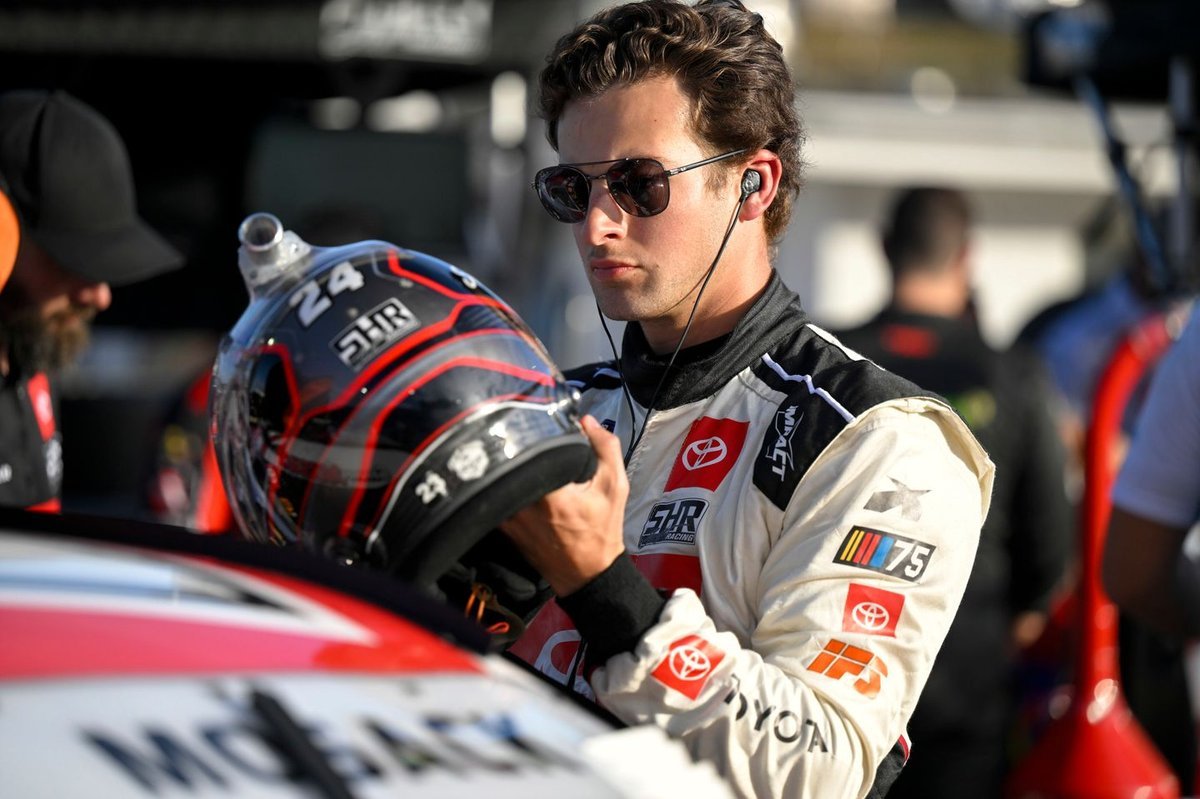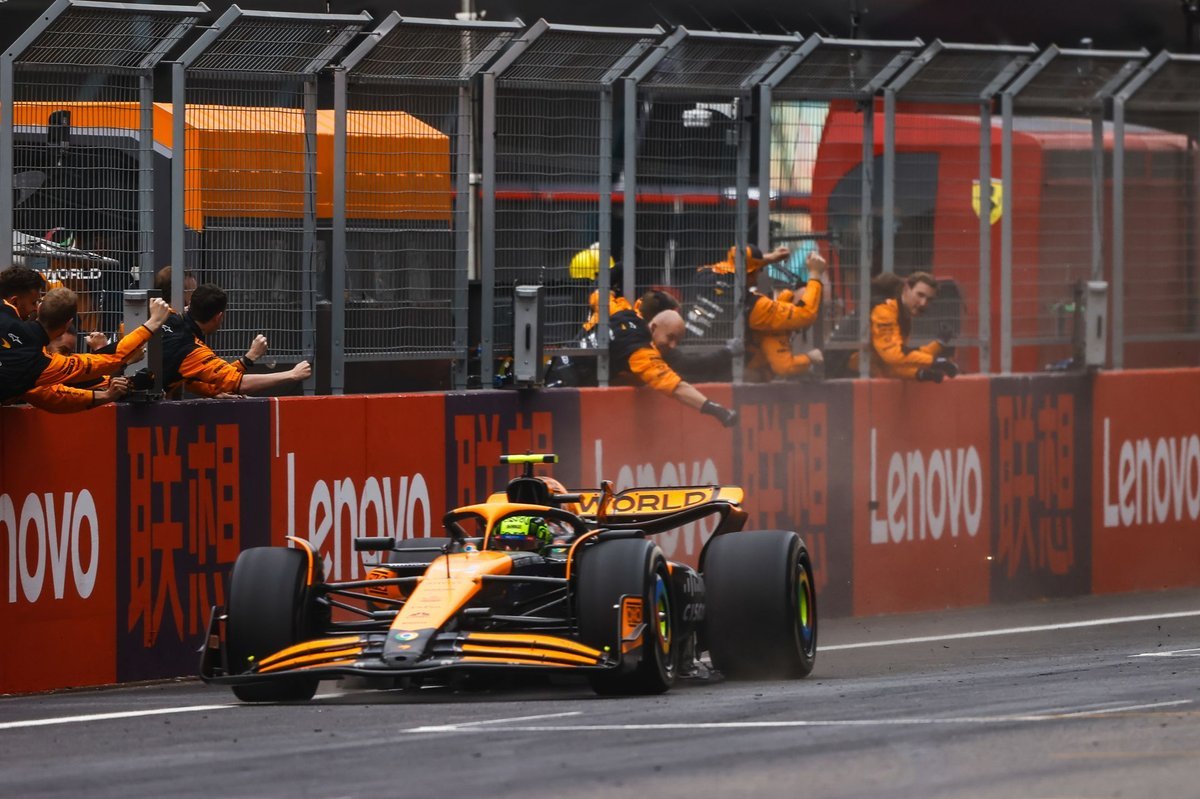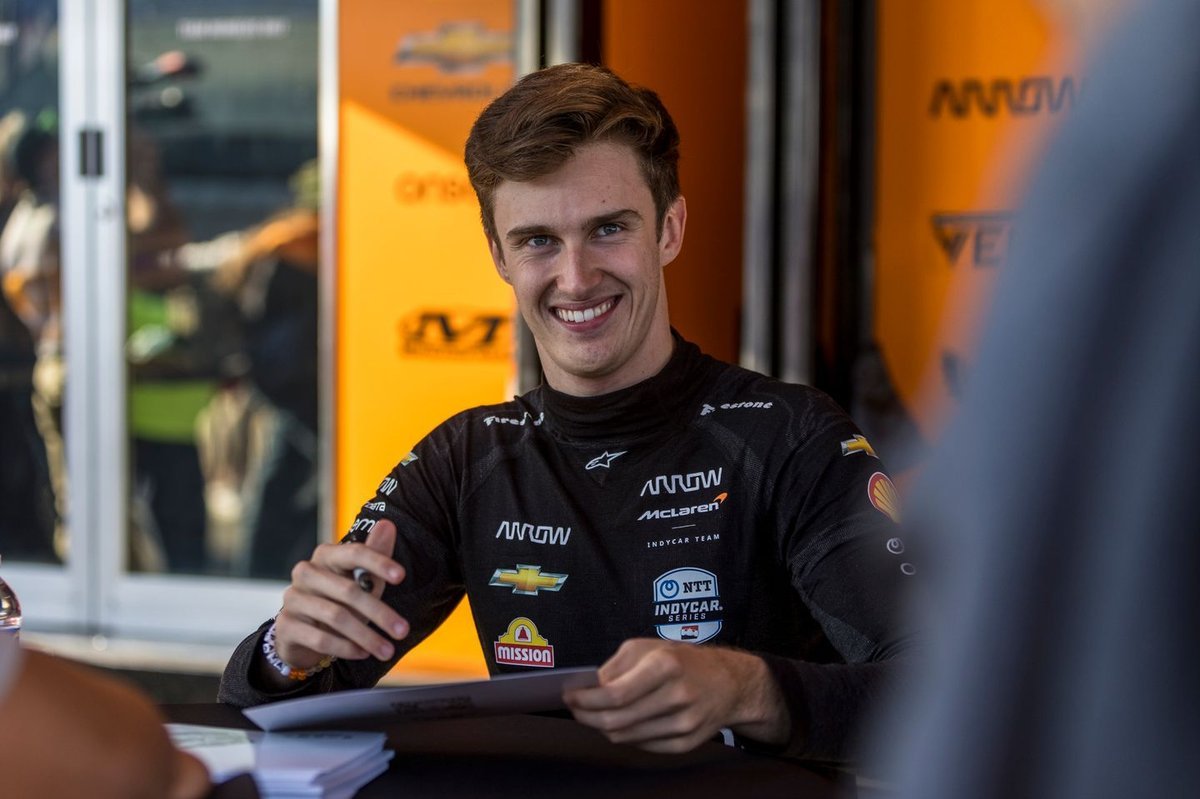
Source – Thejudge13
The Formula One season finished and the 2024 season got underway. Red Bull and Triple World Champion Max Verstappen appeared unbeatable as the former secured the pole position for the season’s first race in Bahrain and defeated his teammate by a margin of 22 seconds.
In the high-stakes world of Formula 1, where every millisecond counts, teams often push the boundaries of technology and innovation. Red Bull Racing, renowned for its technical prowess, has recently found itself under scrutiny amid suspicions surrounding their braking system. The focus of these suspicions is centered on the mysterious issues Max Verstappen encountered during the Australian Grand Prix in Melbourne, where a brake fire led to his first retirement since the same race the previous year. This incident, coupled with Verstappen’s comments and a mid-season regulatory change by the FIA, has sparked a flurry of speculation that Red Bull may have been using their braking system for more than just stopping the car.
The Australian Grand Prix was a rollercoaster of emotions for Verstappen and the Red Bull team. Starting from pole position, Verstappen initially led the race but soon found himself under pressure from Ferrari’s Carlos Sainz. On Lap 2, a slight wobble through Turn 3 allowed Sainz to overtake him, and it quickly became apparent that something was wrong with the balance of Verstappen’s RB20. Smoke began to billow from the rear of the car, signaling a serious issue with the brakes. As Verstappen tried to nurse the car back to the pits, the right rear wheel hub exploded, forcing him to retire from the race. This marked the end of an incredible run of Grand Prix victories for Verstappen, who had been closing in on a tenth consecutive win.
In the aftermath of the race, Verstappen described the issue as feeling like a “handbrake” was being applied by the car. His comments were particularly intriguing given that Charles Leclerc had reported a similar problem with his brakes earlier in the season during the Bahrain Grand Prix. The brake supplier, Brembo, quickly initiated an investigation to determine whether their components were to blame. However, Brembo’s findings absolved them of any direct responsibility, pointing instead to a wrong setup or team choice regarding the car configuration. The mystery surrounding the brake fire deepened, leading to speculation that there might be more to the story.
Adding fuel to the fire, former Ferrari team boss and F1 commentator Peter Windsor suggested that Red Bull could have been using a “clever cross-brake inertia valve” before it was allegedly removed ahead of the Miami Grand Prix. Windsor’s theory, shared on social media, posited that this valve could have provided assisted steering into corners, effectively enhancing the car’s handling in a way that might have given Verstappen an edge on the track. The idea that Red Bull was using such a system gained traction, especially after the FIA introduced a surprise mid-season change to the car design regulations, set to take effect at the Dutch Grand Prix.
F1 technical expert Craig Scarborough echoed Windsor’s suspicions, suggesting that Red Bull might have been employing a variant of the infamous “Newey fiddle brake,” a concept attributed to the team’s legendary designer, Adrian Newey. Scarborough explained that a simple weighted valve in the rear brake splitter could have been used to alter the braking effort between the calipers as the car turned, effectively creating a turning moment with the rear brakes. Such a system, if it existed, would have been illegal under Article 11.1.2 of the F1 technical regulations, which mandates that the brake system must apply forces of the same magnitude in opposing pairs on a given brake disc.
The implications of such a system being used by Red Bull are significant. Asymmetric braking, where more force is applied to one side of the car, can help address the balance between low-speed understeer and high-speed oversteer—a crucial factor in car performance. Verstappen, known for his aggressive driving style and preference for a car that oversteers, would likely benefit from such a system. By allowing him to “hustle” the car through slower corners, the system could enable Verstappen to find lap time where others might struggle.
The suspicion surrounding Red Bull’s braking system is further compounded by Verstappen’s own comments about the RB18, the car he drove to victory in the previous season. Verstappen had noted that the overweight nature of the RB18 had led to an understeering balance, but as the team reduced the car’s weight, it became more agile and better suited to his driving style. His assertion that a fast car cannot have understeer is telling, particularly in light of the rumors that Red Bull may have been using a system to fine-tune the car’s handling to his liking.
Since the alleged removal of the system before the Miami Grand Prix, Verstappen’s performance has been less dominant. He has won just three of the nine races held since Miami, a stark contrast to the dominance he displayed earlier in the season. While this drop in form could be attributed to a variety of factors, the timing of the FIA’s regulatory change and the removal of the suspected system have raised questions about whether Red Bull was forced to adapt its car setup in a way that affected its performance.
As the season progresses and the FIA’s new regulations take effect, all eyes will be on Red Bull to see how they respond. The team has a history of pushing the limits of what is technically and legally possible in F1, and while the allegations surrounding their braking system remain unproven, they serve as a reminder of the fine line that exists between innovation and regulation in the sport. For Verstappen, the focus will be on regaining the form that saw him dominate the early rounds of the season, while for Red Bull, the challenge will be to continue their pursuit of excellence within the ever-evolving framework of F1’s technical rules.
The intrigue surrounding Red Bull’s brakes may not be resolved anytime soon, but one thing is certain: in the world of Formula 1, the quest for speed and success is relentless, and teams like Red Bull will always be at the forefront of that pursuit, whether they are praised for their ingenuity or scrutinized for their methods.

